39 planets and metals vedic astrology
Characteristics of Nakshatras – Vedic Astrology Lessons 05.07.2017 · Characteristics of Nakshatras in Vedic Astrology. Characteristics of Nakshatras: The Ancient Rishis divided the 360-degree zodiac into 12 houses of 30 degrees each and further subdivided it into 27 Nakshatras or star (constellations) of 13.20 degrees each. These Nakshatras are further subdivided into four quarters each called Pada. Join LiveJournal Password requirements: 6 to 30 characters long; ASCII characters only (characters found on a standard US keyboard); must contain at least 4 different symbols;
Horoscope - Wikipedia Introduction. The horoscope serves as a stylized map of the heavens over a specific location at a particular moment in time. In most applications the perspective is Geocentc (heliocentric astrology being one exception). The positions of the actual planets (including Sun and Moon) are placed in the chart, hose of purely calculated factors such as the lunar nodes, the house cusps …

Planets and metals vedic astrology
Classical planet - Wikipedia In classical antiquity, the seven classical planets or seven luminaries are the seven moving astronomical objects in the sky visible to the naked eye: the Moon, Mercury, Venus, the Sun, Mars, Jupiter, and Saturn.The word planet comes from two related Greek words, πλάνης planēs (whence πλάνητες ἀστέρες planētes asteres "wandering stars, planets") and πλανήτης ... Sidereal and tropical astrology - Wikipedia Sidereal and tropical are terms used to describe two different definitions of a year, applied in sidereal solar calendars or tropical solar calendars.In astrology, they refer to two different systems of ecliptic coordinates used to divide the ecliptic into twelve "signs". Each sign is divided into 30 degrees, making a total of 360 degrees. ... Astrology - Wikipedia Astrology is a range of divinatory practices, recognized as pseudoscientific since the 18th century, that claim to discern information about human affairs and terrestrial events by studying the apparent positions of celestial objects. Different cultures have employed forms of astrology since at least the 2nd millennium BCE, these practices having originated in calendrical systems …
Planets and metals vedic astrology. Raja yoga (Hindu astrology) - Wikipedia Raja yogas are Shubha ('auspicious') yogas that are superstitiously believed to give success and a grand rise in career or business, and a greater degree of financial prosperity particularly during the dasha of the planets that give rise to Raja yogas.However, these results get adversely modified by the presence of other Ashubha ('inauspicious') Arista yogas. Unbanked American households hit record low numbers in 2021 25.10.2022 · The number of American households that were unbanked last year dropped to its lowest level since 2009, a dip due in part to people opening accounts to receive financial assistance during the ... Astrological symbols - Wikipedia Metals Historically, astrological and astronomical ... The symbols of the planets are usually (but not always) broken down into four common elements by astrologers: A circle denoting spirit, a crescent denoting the mind, a cross denoting practical/physical matter and an arrow denoting action or direction. This is not the historical origin of the symbols. (The cross, for example, was … Planets in astrology - Wikipedia In astrology, planets have a meaning different from the astronomical understanding of what a planet is.Before the age of telescopes, the night sky was thought to consist of two very similar components: fixed stars, which remained motionless in relation to each other, and moving objects/"wandering stars" (Ancient Greek: ἀστέρες πλανῆται, romanized: asteres planetai), …
Astrology - Wikipedia Astrology is a range of divinatory practices, recognized as pseudoscientific since the 18th century, that claim to discern information about human affairs and terrestrial events by studying the apparent positions of celestial objects. Different cultures have employed forms of astrology since at least the 2nd millennium BCE, these practices having originated in calendrical systems … Sidereal and tropical astrology - Wikipedia Sidereal and tropical are terms used to describe two different definitions of a year, applied in sidereal solar calendars or tropical solar calendars.In astrology, they refer to two different systems of ecliptic coordinates used to divide the ecliptic into twelve "signs". Each sign is divided into 30 degrees, making a total of 360 degrees. ... Classical planet - Wikipedia In classical antiquity, the seven classical planets or seven luminaries are the seven moving astronomical objects in the sky visible to the naked eye: the Moon, Mercury, Venus, the Sun, Mars, Jupiter, and Saturn.The word planet comes from two related Greek words, πλάνης planēs (whence πλάνητες ἀστέρες planētes asteres "wandering stars, planets") and πλανήτης ...


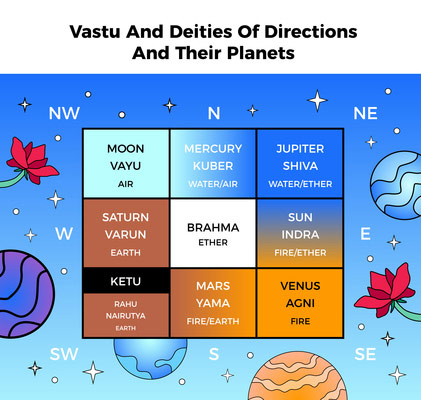
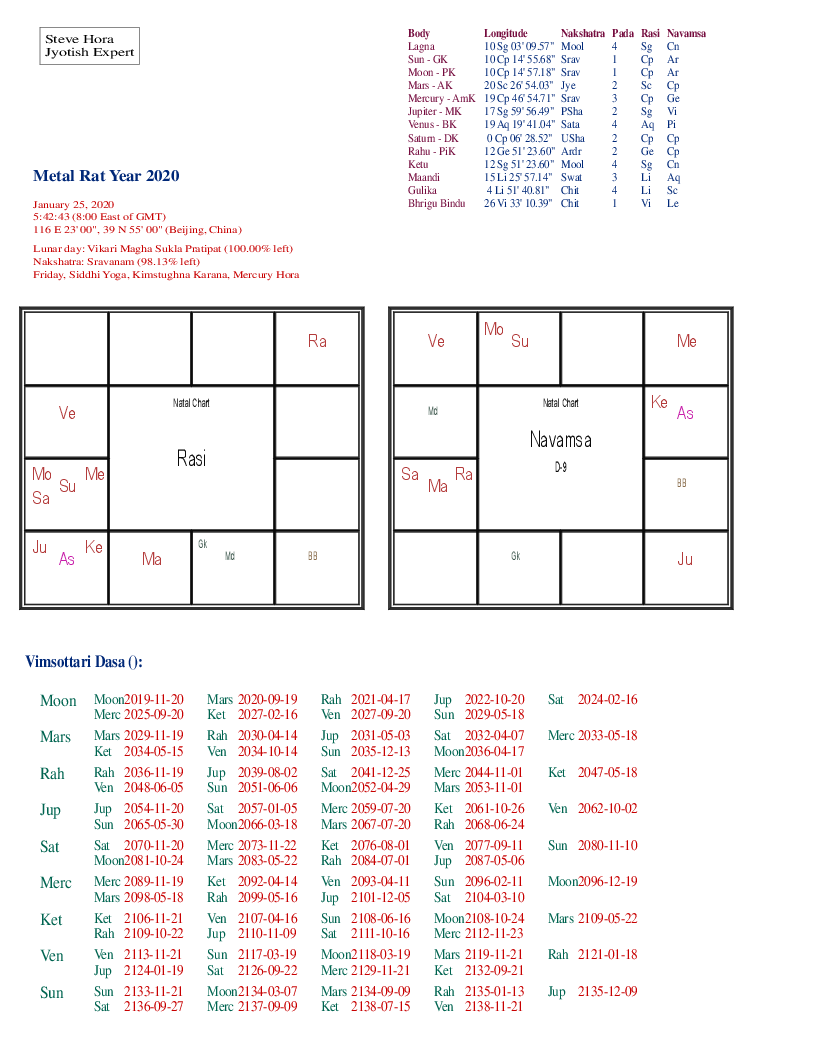





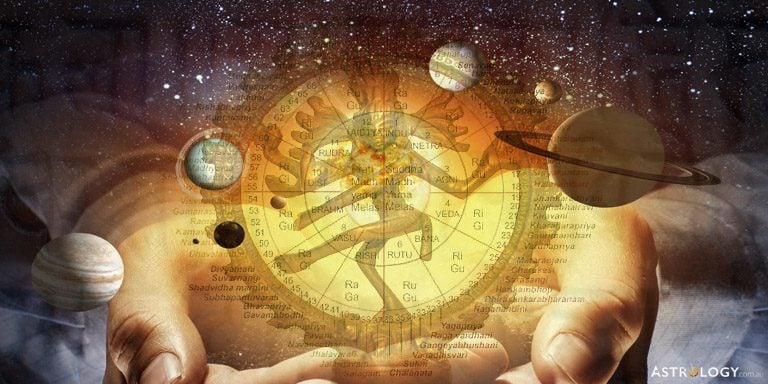


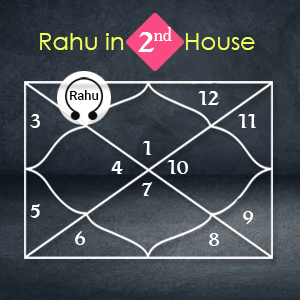






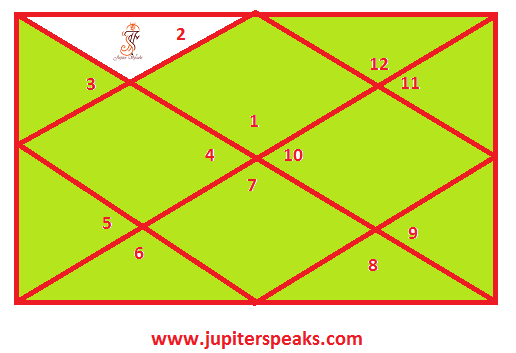


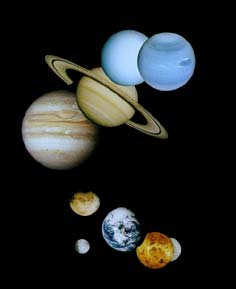

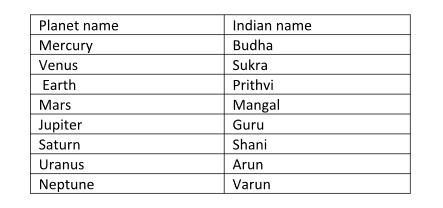



0 Response to "39 planets and metals vedic astrology"
Post a Comment